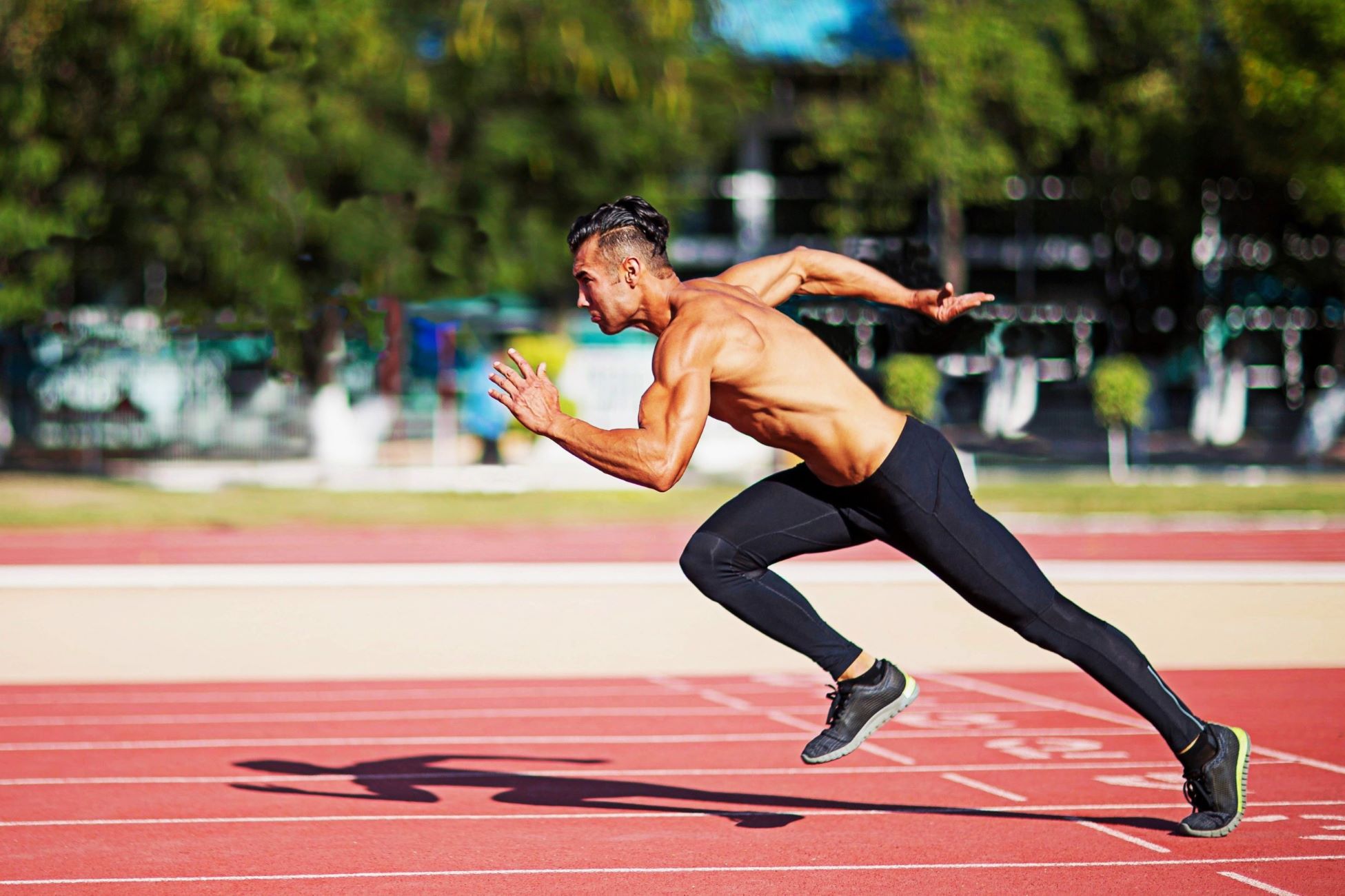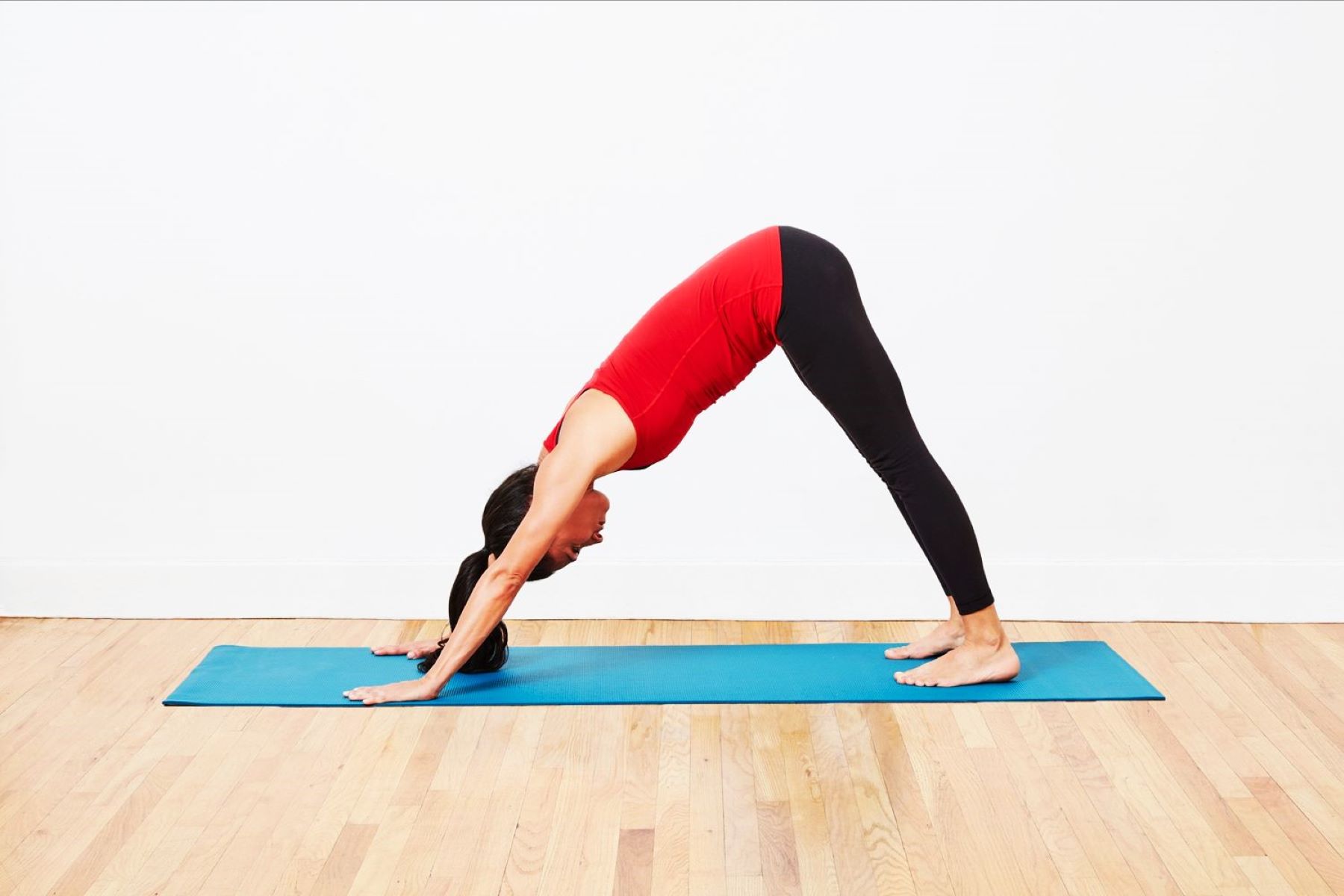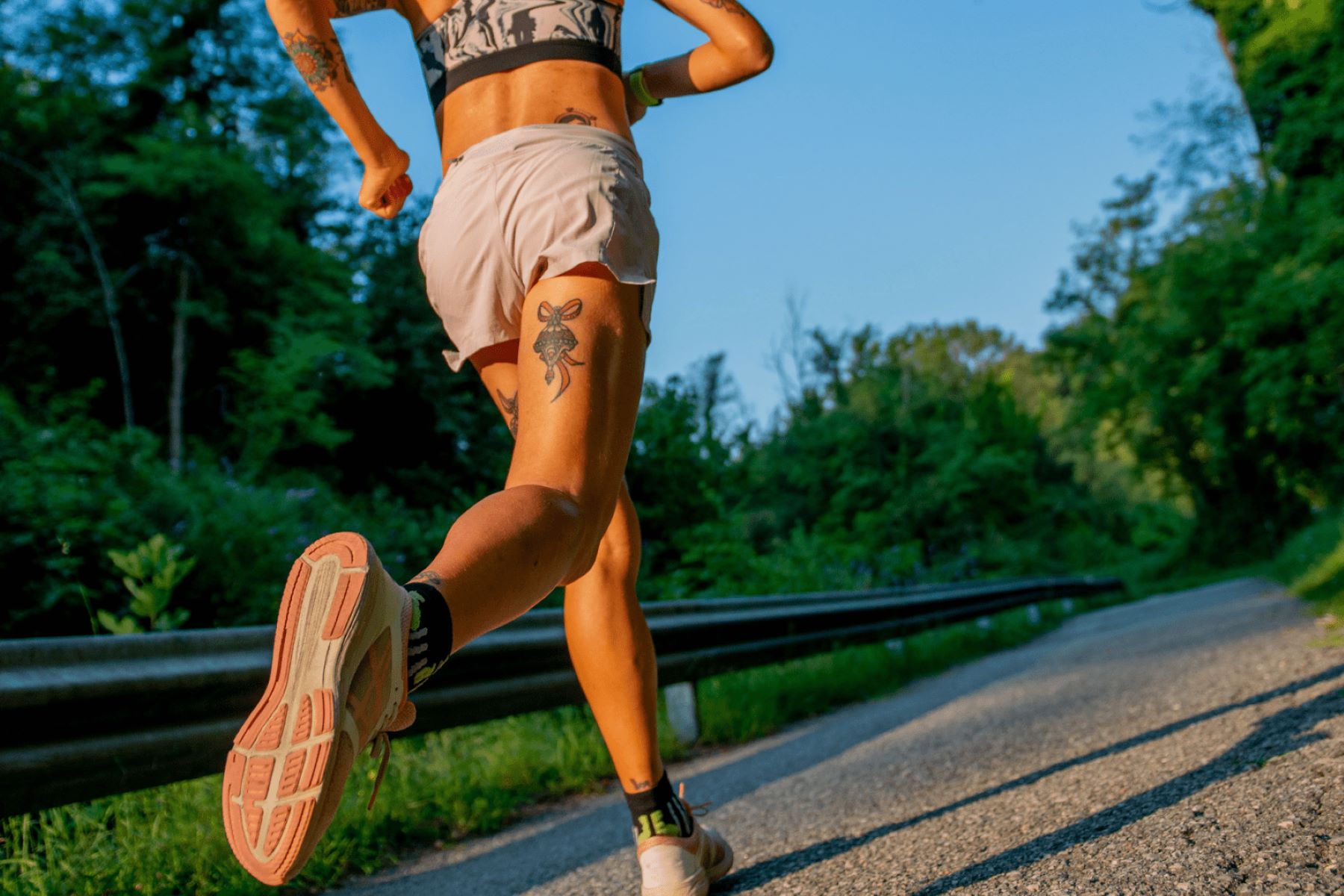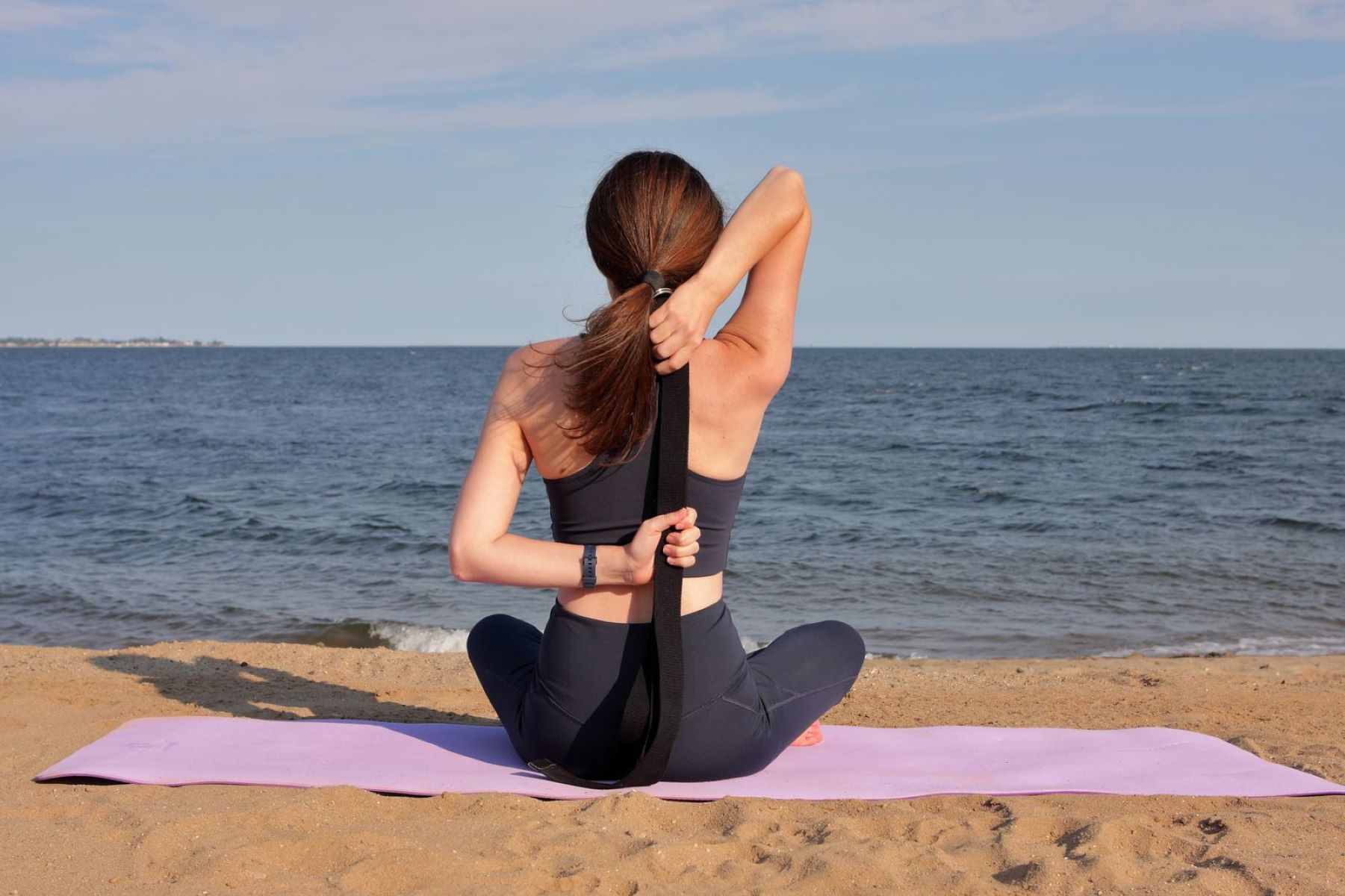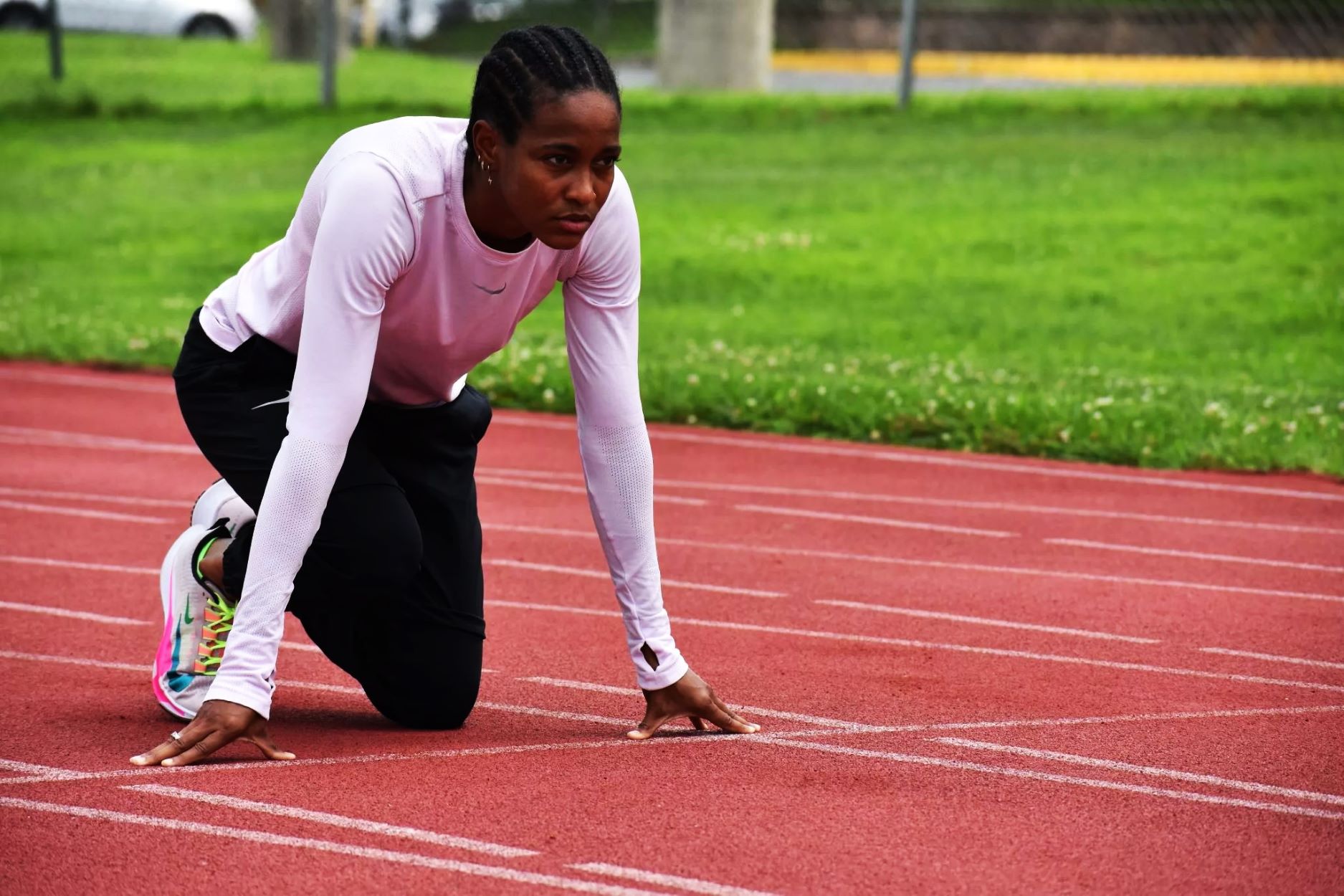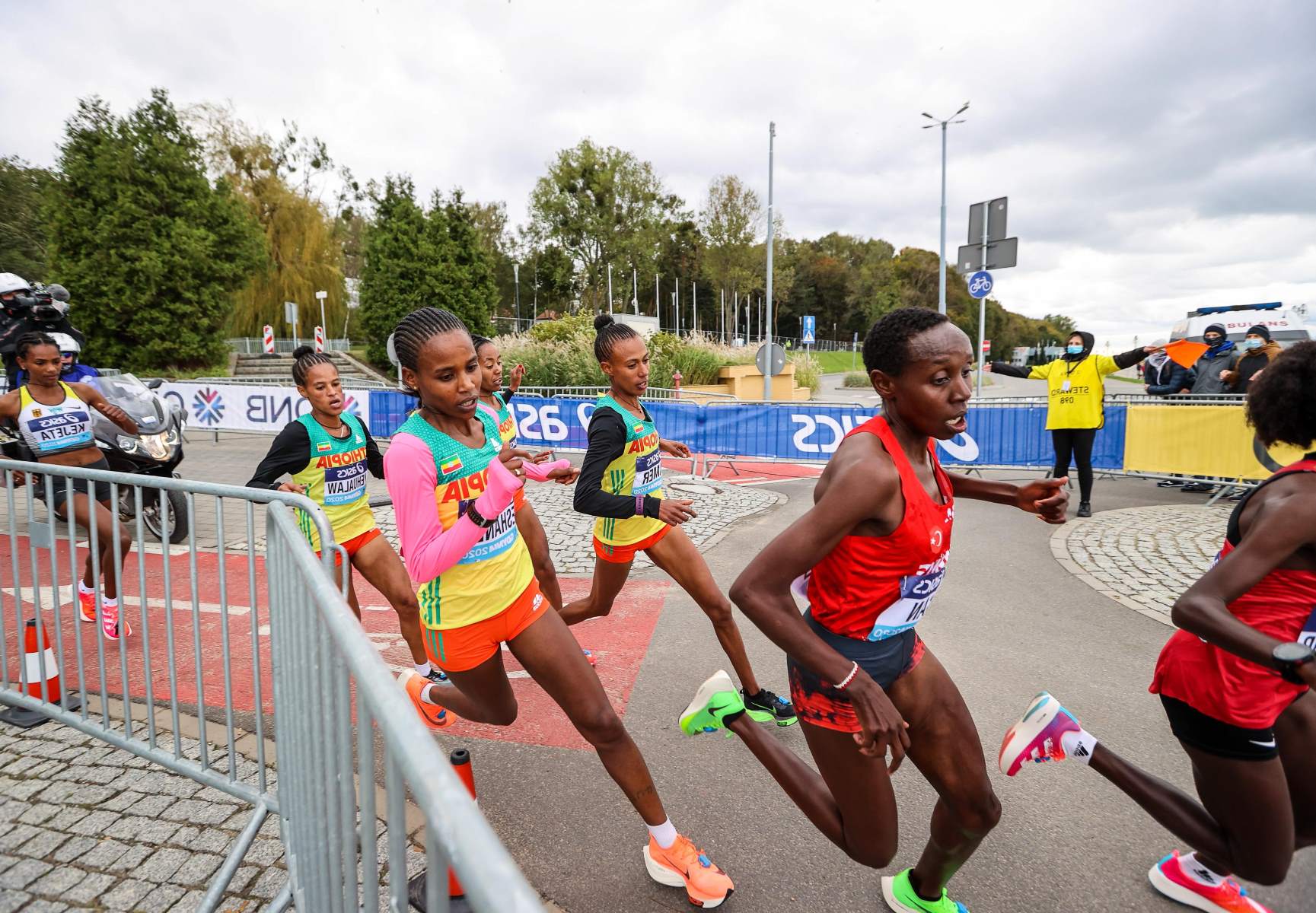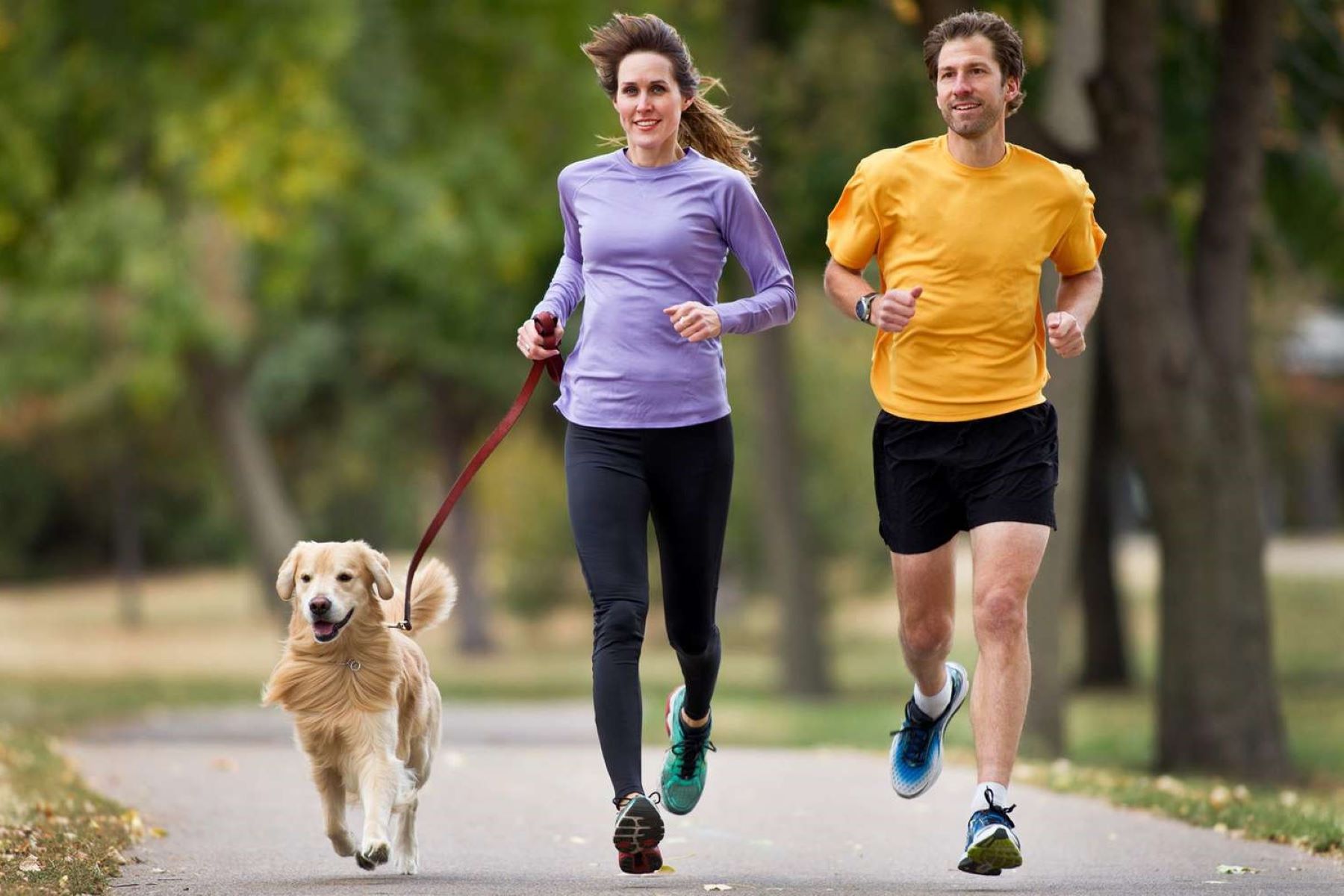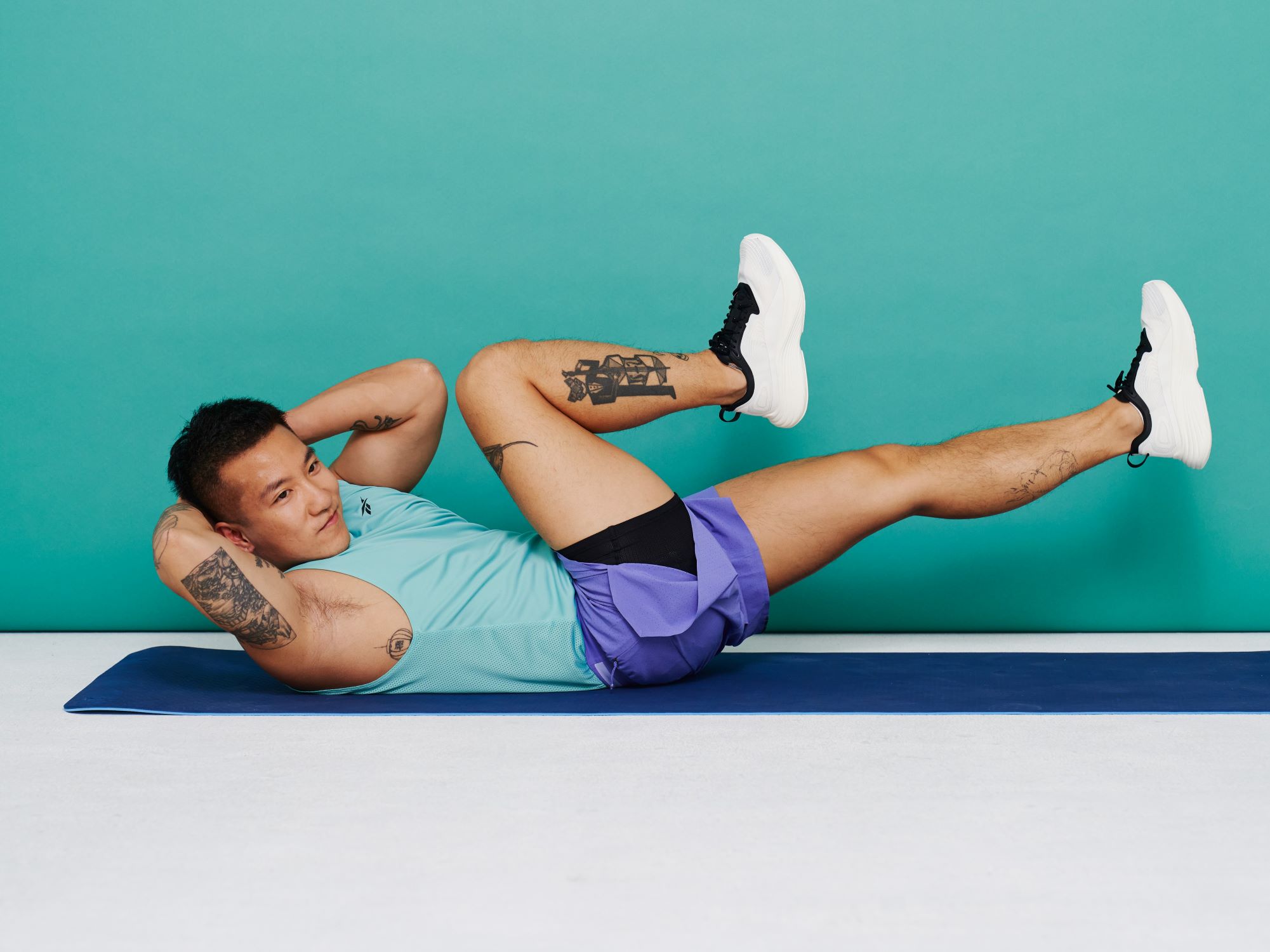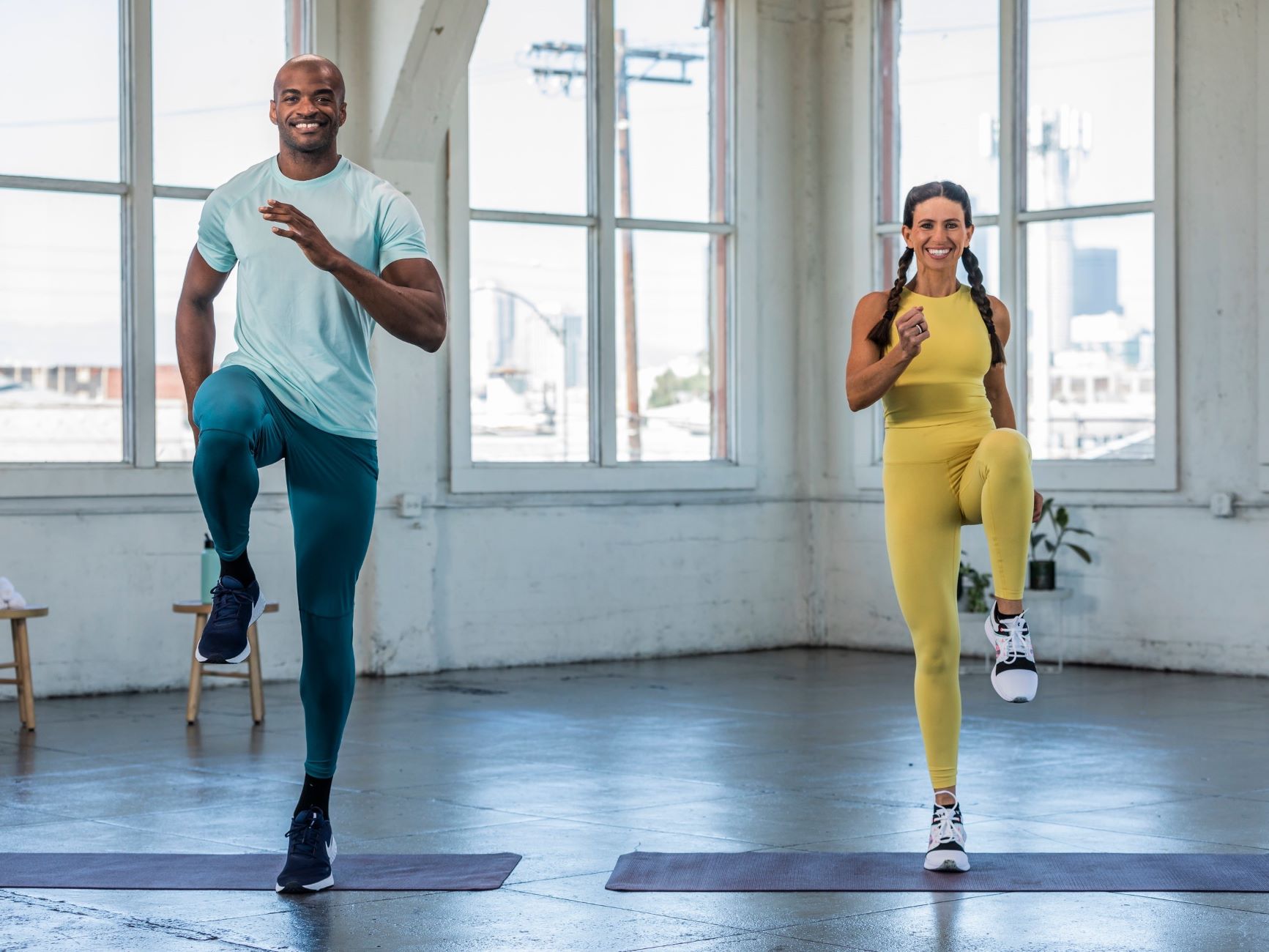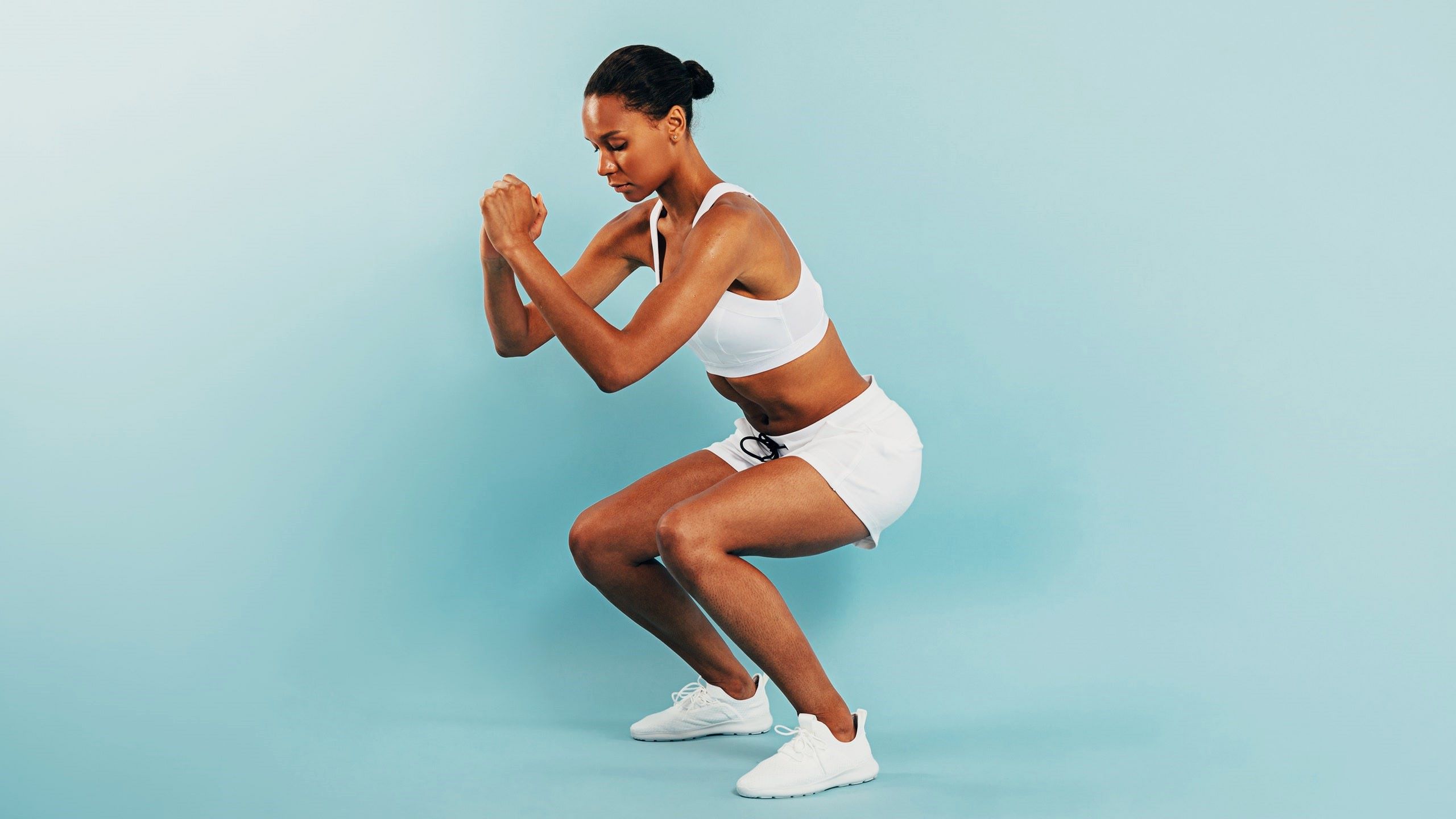Home>Training & Techniques>Mastering The Downward Dog Pose: Proper Technique For Success
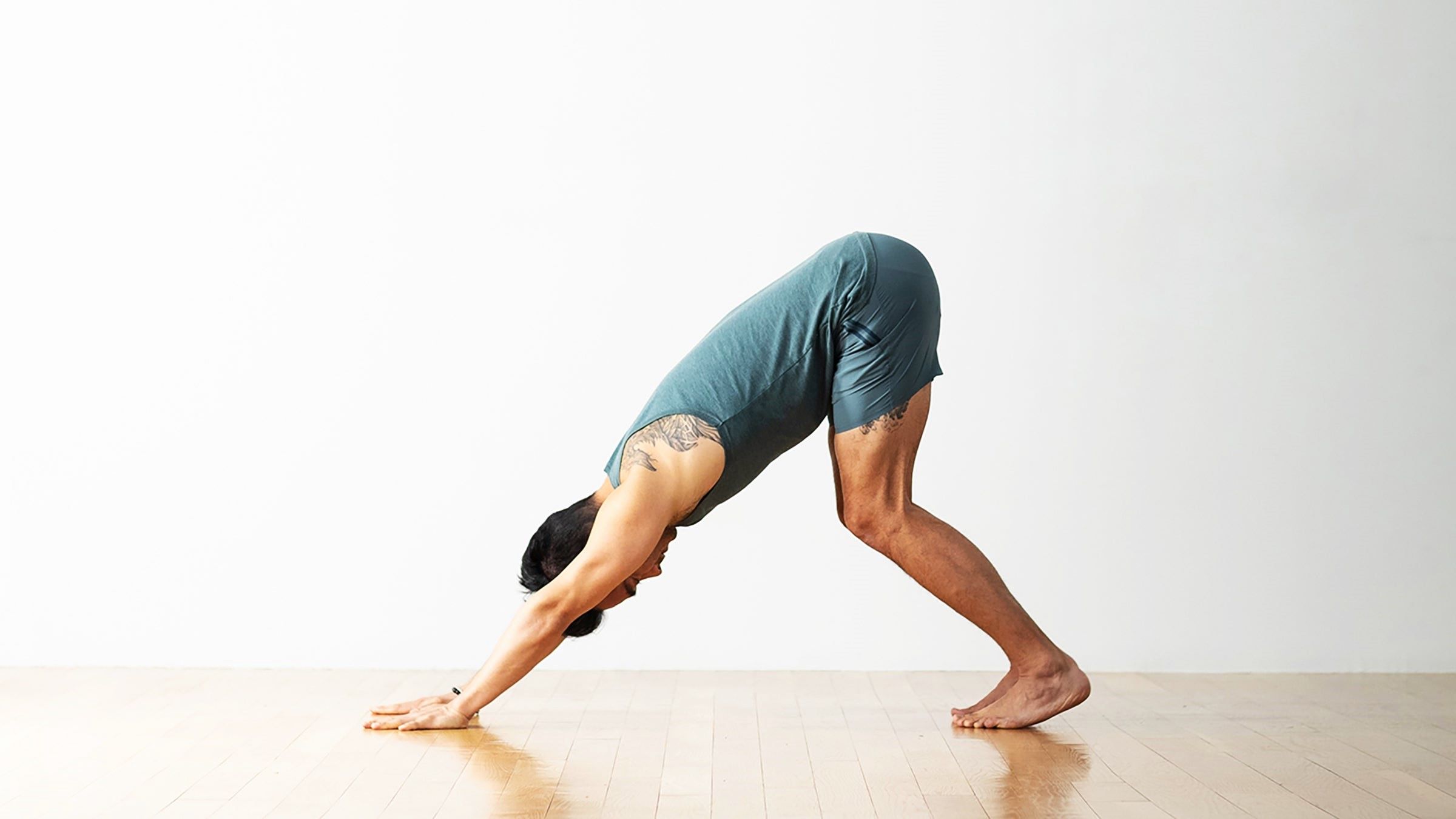

Training & Techniques
Mastering The Downward Dog Pose: Proper Technique For Success
Published: March 3, 2024
Learn the proper training and techniques for mastering the downward dog yoga pose. Elevate your practice with expert guidance and achieve success.
(Many of the links in this article redirect to a specific reviewed product. Your purchase of these products through affiliate links helps to generate commission for Therunningadvisor.com, at no extra cost. Learn more)
Table of Contents
Benefits of the Downward Dog Pose
The Downward Dog Pose, known as Adho Mukha Svanasana in Sanskrit, is a fundamental yoga posture that offers a myriad of physical and mental benefits. This iconic pose, often incorporated into various yoga sequences, is celebrated for its ability to invigorate the entire body while promoting a sense of calm and clarity. Let's delve into the numerous advantages of integrating the Downward Dog Pose into your yoga practice:
-
Full-Body Stretch: As you extend your arms and legs while forming an inverted V-shape, the Downward Dog Pose provides a deep stretch for the entire body. This elongation helps alleviate tension in the back, shoulders, and hamstrings, promoting flexibility and relieving stiffness.
-
Strengthening: Engaging in the Downward Dog Pose activates multiple muscle groups, including the arms, shoulders, core, and legs. This results in strengthened muscles and enhanced stability, contributing to improved posture and overall physical strength.
-
Improved Circulation: By positioning the heart higher than the head, the Downward Dog Pose facilitates blood circulation throughout the body. This can help reduce swelling in the legs and feet while promoting a healthy flow of oxygen to the brain, fostering mental alertness and vitality.
-
Stress Relief: The inverted nature of the pose encourages deep breathing and relaxation, which can help alleviate stress and anxiety. The gentle inversion also calms the mind, offering a sense of tranquility and mental clarity.
-
Enhanced Digestion: Practicing the Downward Dog Pose can aid in digestion by stimulating the abdominal organs. This gentle massage of the internal organs can help alleviate digestive discomfort and enhance overall gut health.
-
Energy Boost: The combination of stretching, strengthening, and deep breathing in the Downward Dog Pose can revitalize the body and mind, providing a natural energy boost that can carry over into daily activities.
-
Posture Improvement: Regular practice of the Downward Dog Pose can help align the spine and strengthen the back muscles, leading to improved posture and reduced strain on the spine.
Incorporating the Downward Dog Pose into your yoga routine can yield a multitude of benefits, making it a valuable addition to any practice, whether you are a beginner or an experienced yogi.
Preparing for the Downward Dog Pose
Before delving into the invigorating practice of the Downward Dog Pose, it's essential to prepare the body and mind for this transformative yoga posture. Proper preparation not only ensures a safe and effective practice but also sets the stage for a fulfilling experience. Here's a comprehensive guide to preparing for the Downward Dog Pose:
Warm-Up:
Begin by engaging in a gentle warm-up to awaken the body and increase blood flow to the muscles. Incorporating movements such as Cat-Cow stretches, gentle twists, and shoulder rolls can help loosen tight areas and prepare the body for the forthcoming pose.
Focus on Alignment:
As you transition into the preparatory phase, pay close attention to your body's alignment. Ensure that your wrists are positioned directly under your shoulders, and your knees are aligned with your hips. This mindful alignment sets the foundation for a stable and balanced Downward Dog Pose.
Loosen the Hamstrings:
Given the emphasis on hamstring flexibility in the Downward Dog Pose, it's beneficial to incorporate hamstring stretches into your preparatory routine. This can include seated forward bends or standing hamstring stretches to gradually release tension in the back of the legs.
Activate the Core:
Engage the core muscles through gentle core-strengthening exercises or mindful breathing techniques. A strong and activated core provides stability and support during the pose, enhancing the overall experience and reducing the risk of strain.
Cultivate Mindfulness:
As you prepare for the Downward Dog Pose, cultivate a sense of mindfulness and presence. Take a few moments to center yourself, connect with your breath, and set an intention for your practice. This mental preparation can enhance the mind-body connection and enrich the overall experience of the pose.
Warm-Up Poses:
Incorporate preparatory poses that mimic the alignment and actions of the Downward Dog Pose. Poses such as Plank, Dolphin Pose, and Puppy Pose can help condition the body and familiarize you with the sensations and muscle engagement involved in the Downward Dog.
By conscientiously preparing the body and mind for the Downward Dog Pose, you can optimize the benefits of this iconic yoga posture while minimizing the risk of strain or discomfort. This thoughtful approach sets the stage for a rewarding and transformative practice, allowing you to fully embrace the rejuvenating effects of the Downward Dog Pose.
Proper Alignment and Technique
The Downward Dog Pose, when executed with precision and mindfulness, offers a myriad of physical and mental benefits. Achieving proper alignment and technique is fundamental to reaping the full rewards of this iconic yoga posture. Here's an in-depth exploration of the key elements that constitute proper alignment and technique in the Downward Dog Pose:
Read more: Mastering The Technique Of Jumping Lunges
Alignment:
Hands and Wrists:
Position your hands shoulder-width apart, spreading your fingers wide to create a stable foundation. Ensure that your wrists are aligned parallel to the front edge of your mat, distributing the weight evenly across your palms and fingertips.
Arms and Shoulders:
Engage your arms by gently rotating your upper arms outward, drawing your shoulder blades down your back. This action broadens the collarbones and stabilizes the shoulders, preventing unnecessary tension in the neck and upper back.
Spine and Torso:
Initiate the pose by lifting your tailbone towards the ceiling, creating length along the spine. Maintain a slight bend in the knees to alleviate any strain and facilitate the elongation of the spine. Draw your navel in towards your spine to activate the core, supporting the stability of the pose.
Hips and Legs:
Press your heels towards the ground while maintaining a gentle bend in the knees. This alignment allows for a deep stretch in the hamstrings and prevents excessive strain on the lower back. Engage the quadriceps to lift the kneecaps and subtly rotate the thighs inward, promoting an even distribution of weight throughout the legs.
Technique:
Breath Awareness:
Focus on deep, steady breaths throughout the pose, allowing the breath to guide and deepen the stretch. Inhale deeply to create space and length within the body, and exhale to release any tension or resistance. This mindful breathing technique enhances the overall experience of the pose and promotes a sense of calm and relaxation.
Gaze and Drishti:
Direct your gaze towards your feet or the navel, maintaining a soft focus to encourage inward reflection and concentration. This focal point, known as the drishti, promotes balance and stability while fostering a meditative state of mind.
Sustained Engagement:
Commit to engaging the muscles throughout your body, from the arms and shoulders to the core and legs. This sustained engagement not only enhances the physical benefits of the pose but also cultivates a sense of strength and empowerment.
Mind-Body Connection:
Cultivate a profound connection between your physical body and inner awareness. Stay attuned to the sensations arising within the pose, embracing any areas of tightness or resistance with gentle acceptance and breath-induced release.
By conscientiously aligning your body and embracing the nuances of technique, you can harness the transformative potential of the Downward Dog Pose. This mindful approach not only optimizes the physical benefits but also fosters a deeper connection between the body, mind, and breath, elevating the practice to a profound and enriching experience.
Common Mistakes to Avoid
Mastering the Downward Dog Pose requires a keen awareness of potential pitfalls that can hinder the effectiveness and safety of the posture. By understanding and actively avoiding these common mistakes, practitioners can optimize their experience and reap the full benefits of this iconic yoga pose.
-
Rounding the Shoulders: One prevalent mistake is allowing the shoulders to hunch or round forward, leading to unnecessary strain on the neck and upper back. Maintaining a broad and open chest while gently drawing the shoulder blades down the back helps alleviate tension and promotes proper alignment.
-
Overarching the Lower Back: Hyperextending the lower back can compromise the integrity of the pose and lead to discomfort or injury. Instead, focus on engaging the core muscles and gently tucking the tailbone to support a neutral spine, ensuring a balanced distribution of weight throughout the body.
-
Locking the Knees: Locking the knees in the Downward Dog Pose can strain the joints and hinder the elongation of the spine. Keeping a soft bend in the knees allows for a deeper stretch in the hamstrings while safeguarding the knees from unnecessary pressure.
-
Misalignment of the Hands and Wrists: Placing the hands too far forward or inward can destabilize the pose and place excessive strain on the wrists. Ensuring that the hands are shoulder-width apart and the fingers are spread wide creates a strong and supportive foundation, reducing the risk of wrist discomfort.
-
Neglecting Breath Awareness: Overlooking the importance of mindful breathing can diminish the meditative and calming aspects of the pose. Practitioners should prioritize deep, intentional breaths, allowing the breath to guide the movements and promote a sense of relaxation and presence.
-
Lack of Core Engagement: Allowing the core muscles to disengage can compromise the stability and integrity of the pose. Activating the core by drawing the navel in towards the spine not only supports the spine but also enhances the overall strength and balance within the pose.
-
Forcing the Heels to the Mat: Striving to forcefully press the heels to the mat, especially if the hamstrings are tight, can lead to strain in the calves and Achilles tendons. Instead, focus on the elongation of the spine and the gentle release of the heels towards the ground, respecting the body's natural range of motion.
By recognizing and actively avoiding these common mistakes, practitioners can cultivate a safe, effective, and transformative practice of the Downward Dog Pose. This heightened awareness and attention to detail not only enhance the physical benefits of the pose but also foster a deeper connection between the body, breath, and mind, enriching the overall yoga experience.
Modifications and Variations
Modifications and variations of the Downward Dog Pose offer practitioners the flexibility to tailor the posture to their individual needs, making it accessible to a diverse range of individuals, including beginners, experienced yogis, and those with specific physical considerations. These adaptations not only accommodate varying levels of flexibility and strength but also provide opportunities to deepen the practice and target specific areas of the body. Here's an exploration of the diverse modifications and variations that enrich the practice of the Downward Dog Pose:
Read more: Mastering The Technique Of Mountain Climbers
Knee Bend Variation:
For individuals with tight hamstrings or lower back sensitivity, bending the knees in the Downward Dog Pose can alleviate strain and facilitate a more comfortable stretch. This modification allows practitioners to focus on elongating the spine and maintaining proper alignment without compromising the integrity of the pose. As flexibility improves, individuals can gradually work towards straightening the legs while honoring their body's unique needs.
Wall Support Modification:
Using a wall for support can be beneficial for beginners or those working to refine their alignment in the Downward Dog Pose. By placing the hands on the wall at an appropriate height and distance, practitioners can experience a sense of stability while focusing on elongating the spine and engaging the core. This modification provides a supportive environment for individuals to build strength and familiarity with the pose before transitioning to a traditional, freestanding Downward Dog.
One-Legged Variation:
Integrating a one-legged variation into the Downward Dog Pose offers an opportunity to target and strengthen specific muscle groups while enhancing balance and stability. By lifting one leg towards the ceiling, practitioners engage the core and activate the supporting leg, fostering a deeper connection with the body and breath. This variation not only adds a dynamic element to the pose but also encourages practitioners to cultivate mindfulness and focus.
Forearm Downward Dog:
For individuals seeking to alleviate wrist discomfort or explore a different arm variation, the Forearm Downward Dog provides a supportive alternative. By resting on the forearms instead of the palms, practitioners can reduce strain on the wrists while still experiencing the benefits of the pose. This modification is particularly beneficial for those with wrist injuries or conditions that require a more wrist-friendly approach to the pose.
Chair Modification:
Using a chair as a prop can offer additional support and stability for individuals with limited mobility or those recovering from injuries. Placing the hands on the seat of a chair allows practitioners to experience the elongation and alignment of the traditional Downward Dog Pose while minimizing weight-bearing on the wrists and shoulders. This modification enables individuals to participate in the practice with confidence and comfort, fostering a sense of inclusivity and empowerment.
By embracing these modifications and variations, practitioners can customize their experience of the Downward Dog Pose, fostering a practice that is both adaptable and enriching. Whether seeking to address physical limitations, deepen the pose, or explore new dimensions of the practice, these adaptations empower individuals to engage with the transformative potential of the Downward Dog Pose in a way that honors their unique bodies and aspirations.
Tips for Mastering the Pose
-
Consistent Practice: Mastery of the Downward Dog Pose, like any yoga posture, is a journey that thrives on consistent practice. Dedicate regular time to engage with the pose, allowing your body to gradually adapt and deepen its understanding of the posture.
-
Mindful Alignment: Prioritize mindful alignment over achieving a specific aesthetic form. Focus on creating length along the spine, engaging the core, and maintaining a balanced distribution of weight to foster stability and integrity within the pose.
-
Breath Awareness: Cultivate a deep awareness of your breath throughout the pose. Let each inhale create space and expansion within the body, while each exhale encourages release and relaxation. The breath serves as a guiding force, enhancing the meditative and calming aspects of the pose.
-
Patience and Persistence: Embrace patience and persistence as you navigate the nuances of the pose. Understand that mastery is a gradual process, and each practice session offers an opportunity for growth and refinement.
-
Listen to Your Body: Honor the signals of your body and respect its unique capabilities. Avoid pushing beyond your limits and instead, approach the pose with a sense of curiosity and compassion towards your body's needs.
-
Utilize Props: Don't hesitate to incorporate props such as blocks, straps, or a bolster to support your practice. These tools can aid in achieving proper alignment, enhancing comfort, and accommodating individual variations in anatomy and flexibility.
-
Explore Sensations: Embrace the sensations that arise within the pose, whether it's a gentle stretch in the hamstrings or a subtle engagement of the core. Stay attuned to these physical cues, using them as a pathway to deepen your connection with the pose.
-
Seek Guidance: If you're navigating challenges or seeking to refine your technique, consider seeking guidance from a qualified yoga instructor. Their expertise can offer valuable insights and personalized adjustments to elevate your practice.
-
Integrate Self-Compassion: Approach the journey of mastering the Downward Dog Pose with self-compassion and kindness. Embrace each step of the process, celebrating your progress and acknowledging the efforts you invest in your practice.
-
Embrace Exploration: Embrace a spirit of exploration and curiosity as you engage with the pose. Allow yourself to experiment with subtle adjustments, variations, and modifications, fostering a sense of creativity and discovery within your practice.
By integrating these tips into your practice, you can embark on a fulfilling journey towards mastering the Downward Dog Pose, cultivating a practice that is not only physically enriching but also deeply transformative on a mental and emotional level.


